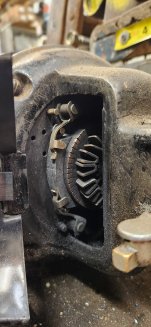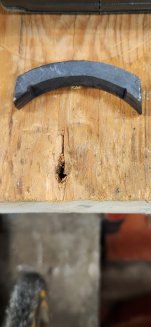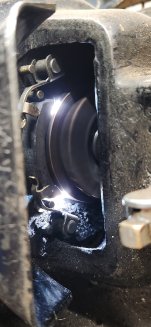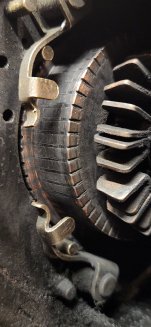There are at least three types of AC motors that use brushes on the armature, Synchronous, wound rotor induction motor for low speed/torque control used on cranes etc and Universal AC/DC series connected motor, I would say you have the latter, if it is on a band saw.
These motors are used in everything from vacuum cleaners to power tools etc.
They run at very high rpm due to the fact they operate in a runaway condition, the only thing that restricts the speed is friction, bearing/gears/fan etc.
This is why if you cover the end of a vacuum nozzle, you will notice the motor rpm climbs.
To replace it with a regular induction motor you are restricted to something just under 3600 rpm, unless you go with the high speed spindle induction type motor run off a Variable frequency drive, but these are very big bucks for 20,000rpm.
For high rpm and cheapness, you probably cannot beat the Universal Motor.
M.
One more advantage, it can be Triac speed controlled.






